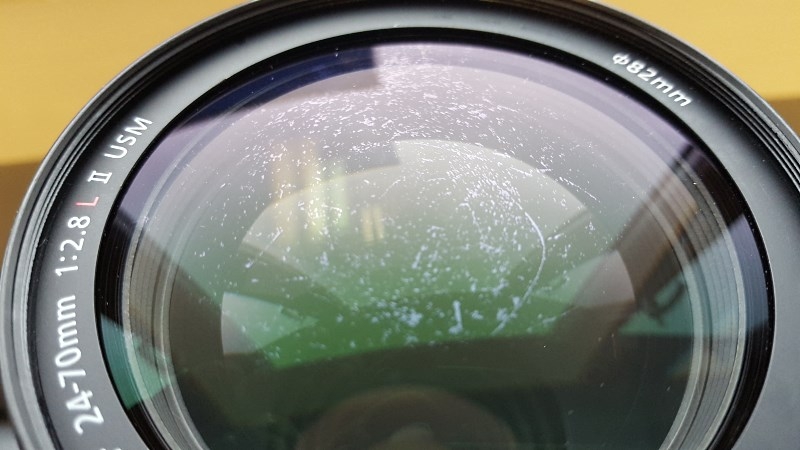- Messages
- 11,513
- Name
- Stewart
- Edit My Images
- Yes
Has anyone seen anything like this before? It's the front element of a Canon EF 24-70mm f/2.8 L II USM. It looks to us like the non-reflective coating is degrading somehow. This does not appear to be abrasion caused by over-enthusiastic cleaning. We see that a lot and this looks different.
What's particularly odd is that we've seen his sort of thing before - not very often, but a few times - and it's always the same type of lens, the Canon 24-70 Mk II.
It seems like we're not the only ones either - see post #17 here: http://www.canonrumors.com/forum/index.php?topic=19396.15
Any ideas what's going on here?

What's particularly odd is that we've seen his sort of thing before - not very often, but a few times - and it's always the same type of lens, the Canon 24-70 Mk II.
It seems like we're not the only ones either - see post #17 here: http://www.canonrumors.com/forum/index.php?topic=19396.15
Any ideas what's going on here?

Last edited:

